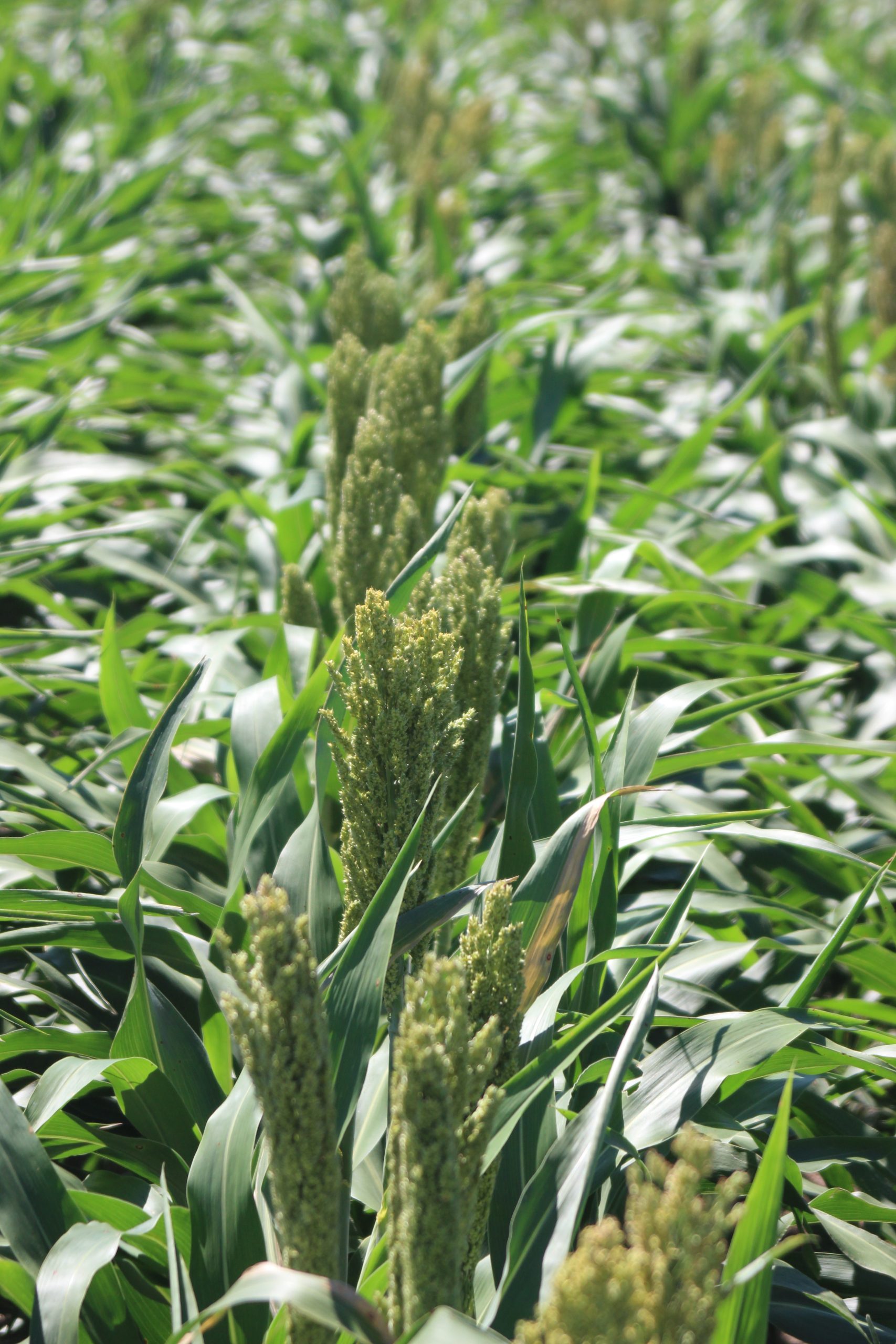Brazil and China recently signed a broad-ranging series of 37 agreements on agriculture products, along with trade, investment, mining and energy. The deals were announced concurrently with Xi Jinping’s visit to Brasilia for the G20 summit meeting, where he held discussions on the side with Brazilian president Luiz Inacio Lula da Silva.
The deals included new Chinese approvals for Brazil to export several agricultural products, including grapes, sesame product and fish. The item of most interest to American sorghum growers was China’s inclusion of sorghum in the deal. Brazil currently produces only a small amount of sorghum, about 44 million metric tons or about 8% of world output in 2023-24, and it hasn’t exported much so far. Could that change?
The United States is the world’s top sorghum producer, with Kansas the top sorghum state. America currently exports about half its sorghum crop to China, about $1.83 billion worth. The sorghum that China buys mostly goes to make baijiu, an alcoholic beverage that is one of China’s most popular drinks.
‘Signal war’?
How much should U.S. sorghum growers be concerned about this deal? Dan O’Brien, a professor at Kansas State University specializing in grain and bioenergy market analysis, said, “There’s a lot of signaling and competitive positioning going on even before the incoming Trump administration is in place.”
O’Brien suggested that observers wait until Trump is installed and actual policy moves are made before making plans.
O’Brien was about to attend three “Sorghum Connection” days in Salina, Hays and Garden City to give presentations. He noted that sorghum remains an attractive crop for growers. It is very drought-tolerant, has lower input costs than corn and is a competitive feed grain.
Sorghum is also getting more attention at home as a biofuel feedstock. Almost another third of the U.S. sorghum crop goes to domestic sorghum ethanol production, according to the U.S. Department of Agriculture. Sorghum can be processed via a number of pathways as a biofuel feedstock or as a starch, a sugar or cellulose. Its lower seed costs, lower input costs, pest resistance and ability to be grown on otherwise marginal land mean it is attractive long-term as a biofuel feedstock.
According to O’Brien, China created an opening for American-grown sorghum partly as a way of managing its corn stocks.
“China usually buys certain grains hand-to-mouth,” O’Brien said. “It already has high tariffs of its own on U.S. ag products and often looks elsewhere first, but when it turns to the U.S., it’s because it has nowhere else to go.”
Just about tariffs?
Are China’s moves just about tariffs? The recent re-election of Donald Trump has re-focused attention on tariffs, mainly because he has been using social media to threaten various U.S. trading partners with them. Whether or not he will carry through any of his threats, and how, remains to be seen and has left many interests, including ag interests, on tenterhooks while they wait to see how trade relations unfold.
The report of the U.S. trade representative on China’s trade policies that was issued in November 2023 said, “It is important to highlight…that China has not simply continued to pursue what it termed a ‘socialist market economy’ when it joined the (World Trade Organization). China’s so-called ‘socialist market economy’ has turned decidedly predatory.
“In other words, China no longer relies on central planning simply to direct and guide the business decisions of Chinese industries and enterprises. Rather, China is now using its state-led, non-market approach to the economy and trade in ways designed to secure the dominance of Chinese enterprises, both in the China market and in global markets. As part of this pursuit of international dominance, China is targeting both traditional industries and emerging industries, not only by providing its own industries with unprecedented financial and regulatory support but also by actively pursuing policies and practices that are calculated to disadvantage and ultimately displace foreign competitors.”
If this view is correct, China’s moves—like its agreements with Brazil—are part of a longer-range strategy to decouple from U.S. markets as much as possible, rather than simply a short-range response to tariff threats. How much it can do that is an open question. China remains reliant on many U.S. ag products. Despite trade tensions, a Chinese state buyer bought eight full ship cargoes of U.S. soybeans in late November, after Trump’s election, according to The Business Times.
According to Michael Beckley, director of the Asia Program at the Foreign Policy Research Institute and associate professor of political science at Tufts University, China’s relative retreat as a world buyer of commodities—compared to the go-go days of the early 2000s when it was pushing world commodity prices ever higher—has more to do with China’s own internal difficulties than with short-term responses to tariff threats. In a recent presentation at the World Knowledge Forum, Beckley called China a “declining” power facing a steep loss of productivity, huge debt burden, capital flight and an aging population.
David Murray can be reached at [email protected].




